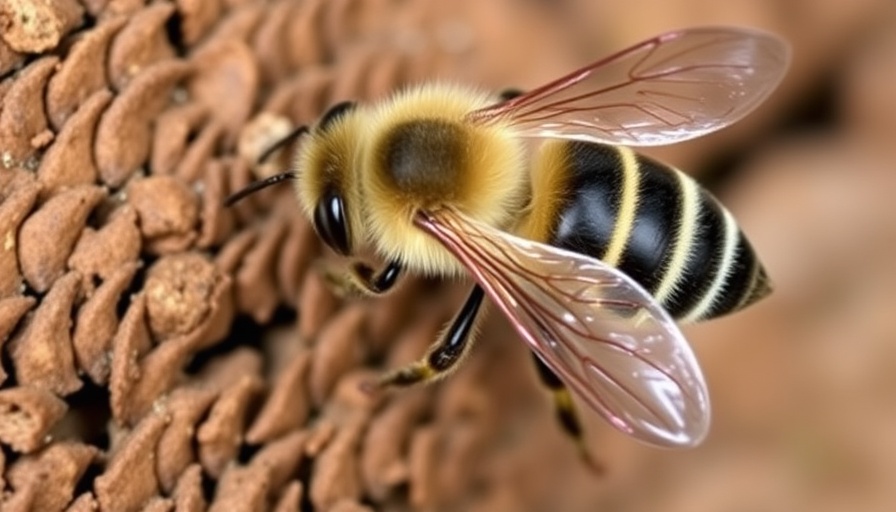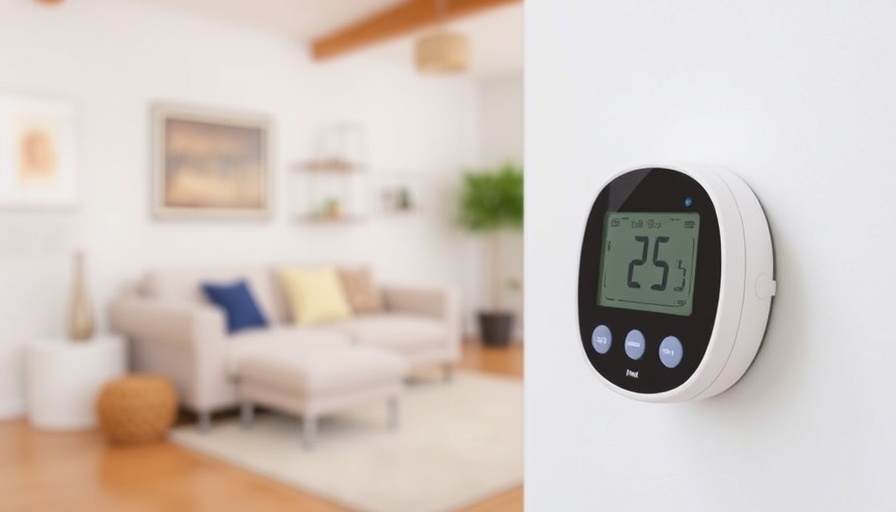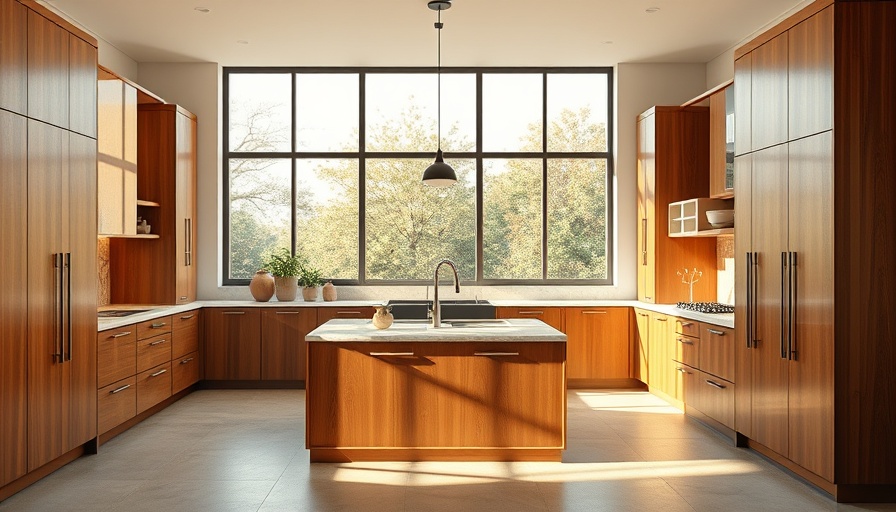
Understanding Carpenter Bees: Their Role and Risks
Carpenter bees, often misidentified as bumblebees, play a crucial role in pollination and maintaining environmental balance. However, their voracious nesting habits pose a substantial risk to wooden structures around homes. For homeowners in London, it is imperative to distinguish between these vital insects and their more destructive behaviors. Unlike bumblebees that nest in colonies, carpenter bees are solitary and create tunnels in untreated wood to lay their eggs, leading to potential damage if left untreated.
Effective Carpenter Bee Prevention Strategies
To maintain the structural integrity of your home while accommodating these important pollinators, homeowners should consider a range of eco-friendly prevention strategies. Prime among these is the treatment and sealing of wooden structures. Using a non-toxic wood sealant can effectively deter carpenter bees from nesting. Regular maintenance, such as repainting or staining, can also make your home less inviting to these insects, ensuring that your wood structures remain protected.
Humane Removal Techniques
When carpenter bees invade your space, a humane removal process is essential to preserving their role in the ecosystem. Homeowners should aim for removal methods that do not harm the bees or disrupt their nesting habits. Simple techniques include redirecting their focus by providing alternative nesting options such as pre-drilled blocks of untreated wood placed well away from your home. Additionally, employing natural deterrents such as citrus oils can discourage bees from returning without harming them.
Long-Term Solutions: Shift Toward Sustainable Practices
Adopting sustainable practices in home maintenance not only aids in carpenter bee prevention but also enhances overall environmental health. Utilizing eco-friendly materials and innovative building techniques can create a less hospitable environment for pests. Consider integrating naturally resistant materials like cedar or composite woods, which are less prone to bee damage. Furthermore, incorporating plants native to the London area can create a more balanced ecosystem, attracting beneficial insects while maintaining your garden’s appeal.
The Importance of Eco-Friendly Solutions
In a world increasingly conscious of environmental impacts, eco-friendly solutions for pest control and wood protection grow ever more relevant. By prioritizing environmentally responsible treatments and humane removal practices, homeowners can ensure they contribute positively to their local ecosystem. Understanding the value of.biodiversity, especially in urban settings, speaks to the need for sustainable living practices that protect both your home and the vital roles species like carpenter bees play.
Empowering Homeowners Through Knowledge
Knowledge is power, especially when it comes to managing carpenter bee populations near your home. By educating yourself and your community on sustainable building practices, risk awareness, and environmentally friendly deterrents, homeowners can protect their homes while fostering a rich biodiversity. This proactive approach helps in maintaining the integrity of residential spaces and promotes harmonious coexistence with nature.
As you implement these strategies, remember the importance of creating a balance that benefits both your living environment and the ecosystem. Engaging with local pest control experts can further enhance your knowledge and strategies, ensuring your home remains a safe and inviting space for all.
 Add Row
Add Row  Add
Add 




Write A Comment